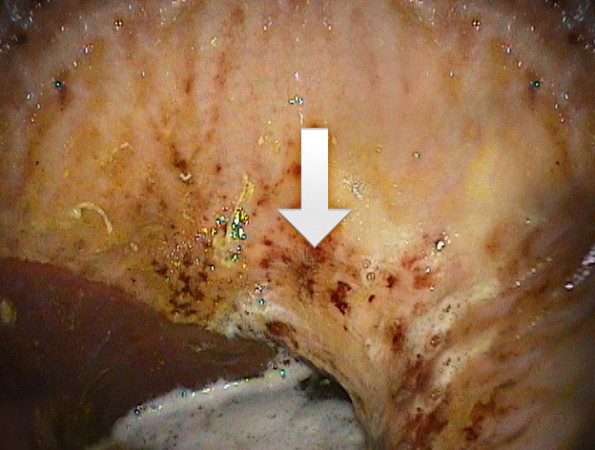Equine Gastric Ulcer Syndrome (EGUS)
Stomach ulcers are a common problem in race and performance horses, but they can often be seen in pleasure and pet horses as well. Clinical signs can vary but typically include intermittent or chronic colic, poor appetite, weight loss, changes in behavior, and poor performance. Horses at risk include ones that travel frequently, have a high-stress demeanor, are receiving NSAID’s such as Bute or Banamine, are on a high-grain diet, and those that are stabled and on twice-daily feeding.
The only way to diagnose gastric ulcers is to visualize them through gastroscopy which involves passing an endoscope through the horse’s nose and down into its stomach. This can be performed in the standing, sedated horse after it has been fasted for 12-24 hours.
Omeprazole (GastroGard®) is the drug of choice for treating stomach ulcers. GastroGard works by blocking acid secretion in the stomach to allow the ulcers to heal. Treatment consists of 1 tube of GastroGard orally once daily for 28 days. Other treatments may include Sucralfate or Ranitidine orally.
Management strategies to prevent gastric ulcers include pasture grazing, free access to feed or frequent small feedings, and regular turnout. Including alfalfa hay in the diet helps to buffer the stomach acid which also reduces the risk of ulceration. Gastric ulcers can be prevented during travel, showing, or stressful events with with 1/4 tube of GastroGard or UlcerGard® orally once daily.





